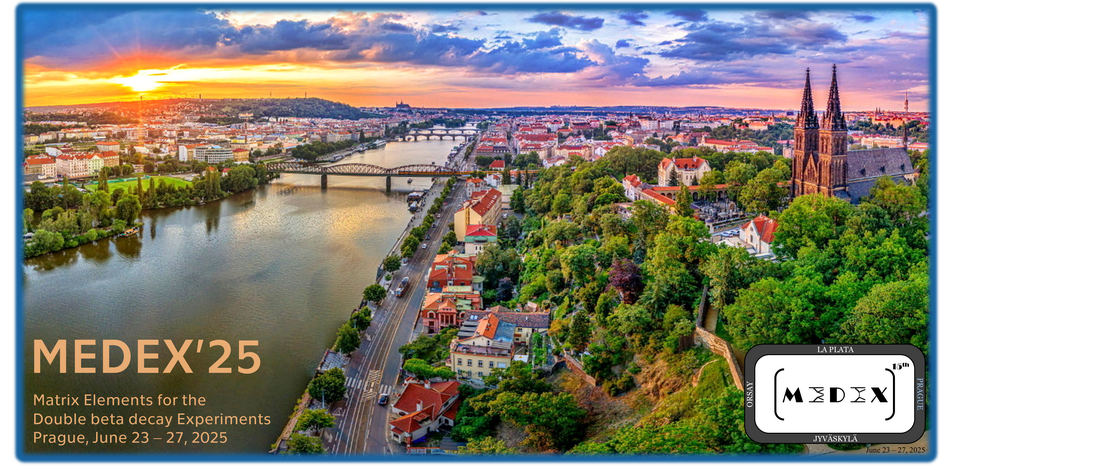Speaker
Description
The search for double beta decay of $^{150}$Nd to the excited levels of $^{150}$Sm was performed at the Gran Sasso underground laboratory of INFN (Italy) with a four-crystal HPGe gamma spectrometer over 5.845 yr by using a highly purified neodymium-containing sample. The two-neutrino double beta transition of $^{150}$Nd to the first 740.5 keV $0^+$ level of $^{150}$Sm was detected in both one-dimensional and coincidence spectra taken, with a half-life $T_{1/2}=[0.83^{+0.18}_{-0.13}(\rm{stat})^{+0.16}_{-0.19}(\rm{syst})] \times 10^{20}$ yr, in agreement with the results of the previous experiments. Some excess of the 334.0-keV peak is observed that is an indication of the $2\nu2\beta$ decay of $^{150}$Nd to the 334.0 keV $2^+$ excited level of $^{150}$Sm with the half-life $T_{1/2} = [1.5^{+2.3}_{-0.6}(\rm{stat}) \pm0.4(\rm{syst})] \times 10^{20}$ yr, that leads also to slightly higher half-life for the $0^+$ to $0^+_1$ transition: of $T_{1/2}=[1.03^{+0.35}_{-0.22}(\rm{stat})^{+0.16}_{-0.19}(\rm{syst})] \times 10^{20}$ yr. The half-life value for the $0^+$ to $2^+_1$ decay does not contradict the existing limits and agrees with the half-life range calculated in the framework of proton-neutron QRPA with isospin restoration combined with like-nucleon QRPA for a description of excited states in the final nuclei. A possible advancement in experimental sensitivity will be briefly discussed.

